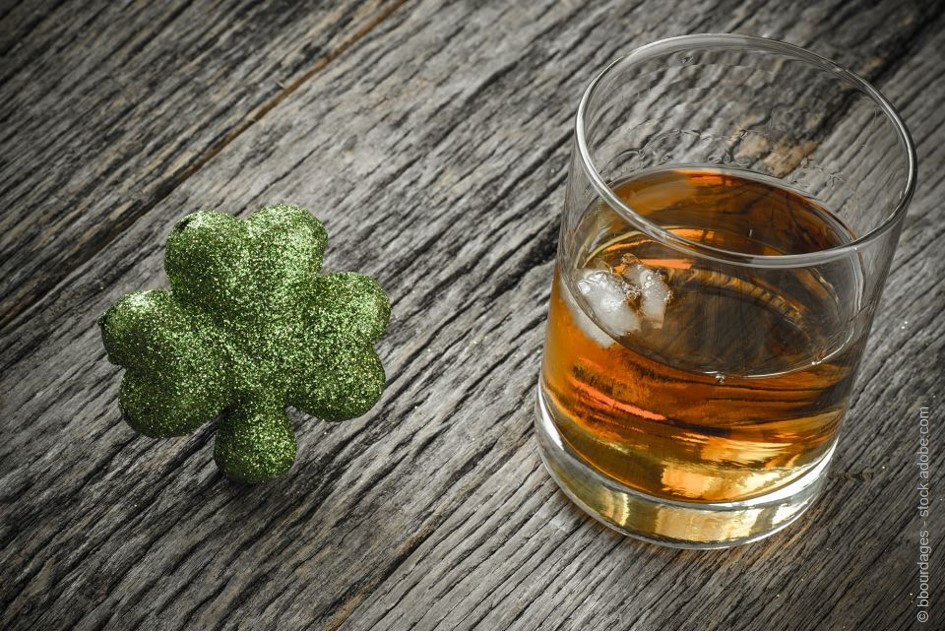How GC helps to identify ingredients in whiskys
In these times it is hard to think about celebrations, however today everyone can be Irish! It's St. Patrick's Day. Parades and parties will once again have to be largely foregone. With all the hustle and bustle, however, you will certainly be allowed to enjoy a whiskey on St. Patrick. The Irish are famous for their Irish whiskey. It is known that there are many different whiskeys/whiskies.
"Whiskey" or "Whisky"? Either spelling is fine. Okay, so it's Scotch whiskey? No, this is whisky."
Whisky (whiskies) is the Scottish spelling (used in Scotland, Canada and Japan, among other places) and whiskey (whiskeys) is the Irish spelling (used in Ireland and the US). The origin of this spirit goes back to both Ireland and Scotland. The Gaelic "water of life" (uisge beatha or usquebaugh)(1), was translated from the Latin aqua vitae and used to describe spirits.
Irish whiskey has been given a legal status that guarantees it was made in Ireland if the bottle says "Irish whiskey."(2)
The complex composition of whisk(e)y
Regardless of its origin, whisk(e)y is a spirit made from fermented grains such as barley, corn, rye, or wheat, which are often malted, distilled, and then aged (for several years) in barrels. Because sources of grain and production methods vary widely from distillery to distillery, there is an incredible variety of flavor molecules in each small sip of the spirit. That's why a glass of Scotch whisky tastes very different from a glass of Irish whiskey.
The complex composition of whis(e)ky(3) includes many chemical compounds such as aldehydes (e.g., syringaldehyde and vanillin), various esters (often with a fruity taste and aroma, but are removed during distillation, e.g., isoamyl acetate and ethyl hexanoate). Also, many whiskies undergo cold filtration to remove much of the ester concentration from the final product. The reasons for this are purely aesthetic, as their presence can contribute to the cloudiness of the final product.
During the aging process, numerous compounds enter the whisk(e)y. Among them are two compounds that have given whisk(e)y its name: whisk(e)y lactones. These are actually just isomers of each other, chemically known as cis- and trans-3-methyl-4-octanolide. Both isomers come from the oak barrels in which whisk(e)y is aged. The isomers create a typical coconut flavor. The cis-isomer is the more dominant of the two and has a stronger, spicier flavor(4). These isomers can chromatographically separated on special "chiral GC phases" like LIPODEX E from MACHEREY-NAGEL.
Access to application: Separation of 4 stereoisomers from Whisky lactones on LIPODEX E
References:
(1, 2) https://ec.europa.eu/info/food-farming-fisheries/food-safety-and-quality/certification/quality-labels/eu-quality-food-and-drink/irish-whiskey_en
(3) https://www.rsc.org/images/whisky_tcm18-138981.pdf
(4) https://www.compoundchem.com/2015/03/31/whisky/


